Turtles are remarkable creatures known for their extraordinary longevity, with several species capable of outliving humans. These ancient reptiles have navigated Earth’s changing landscapes for over 200 million years, developing remarkable adaptations that contribute to their impressive lifespans. While most pets typically live between 10-15 years, certain turtle species can become multi-generational companions, sometimes requiring provisions in their owners’ wills.
From the popular pet red-eared slider to the massive Aldabra giant tortoise, these seven turtle species demonstrate nature’s incredible diversity in longevity. Their exceptional lifespans offer scientists valuable insights into the biology of aging and have made these creatures symbols of wisdom and endurance across many cultures.
Aldabra Giant Tortoise: The Century Dweller
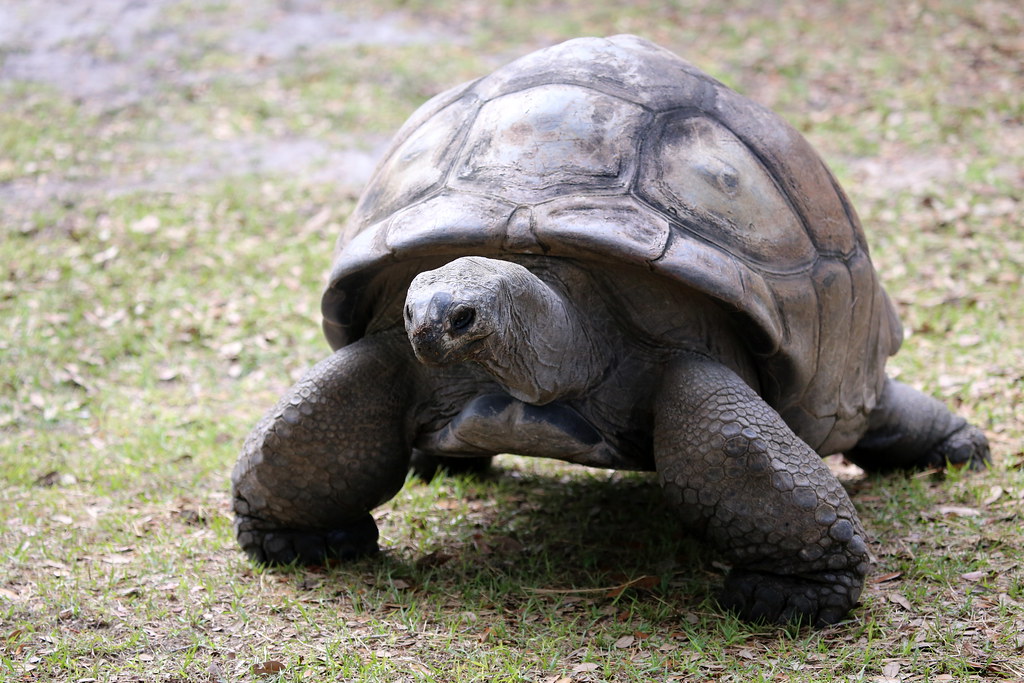
The Aldabra Giant Tortoise (Aldabrachelys gigantea) stands as one of the longest-living creatures on our planet, with documented lifespans exceeding 150 years in both wild and captive environments. Native to the Aldabra Atoll in the Seychelles, these massive reptiles can weigh up to 550 pounds and grow shells measuring over four feet in length.
Their remarkable longevity is attributed to their slow metabolism, which allows them to efficiently process limited resources in their island habitats. Perhaps the most famous Aldabra tortoise was Adwaita, who reportedly lived approximately 255 years at the Alipore Zoological Gardens in India before his death in 2006, making him one of the oldest documented animals in modern history.
Galápagos Tortoise: Darwin’s Long-Lived Discovery
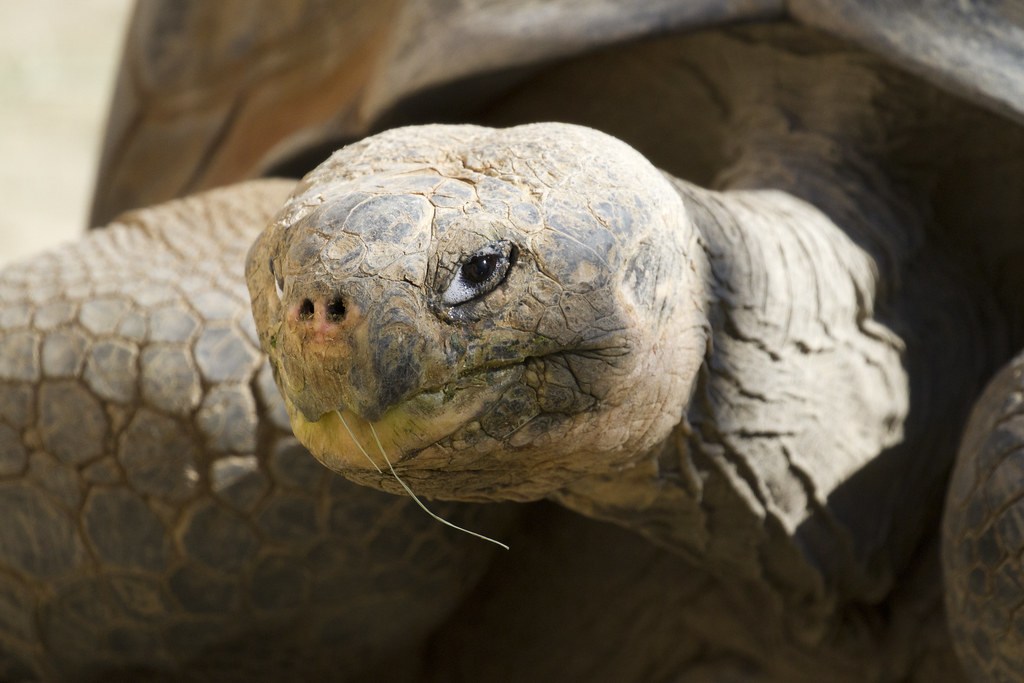
The Galápagos Tortoise (Chelonoidis nigra) represents another marvel of longevity, routinely living beyond 100 years, with some individuals approaching 200 years of age. These iconic tortoises, made famous through Charles Darwin’s evolutionary studies, can reach weights of up to 900 pounds, making them the largest living tortoise species.
Their exceptional lifespan is supported by their remarkably slow metabolism and ability to store water and nutrients for extended periods – adaptations that helped them survive in the harsh volcanic environment of the Galápagos Islands. The most celebrated Galápagos tortoise was Lonesome George, the last known Pinta Island tortoise, who died in 2012 at an estimated age of over 100 years, becoming a powerful symbol of conservation efforts worldwide.
Red-Eared Slider: The Long-Term Pet Commitment
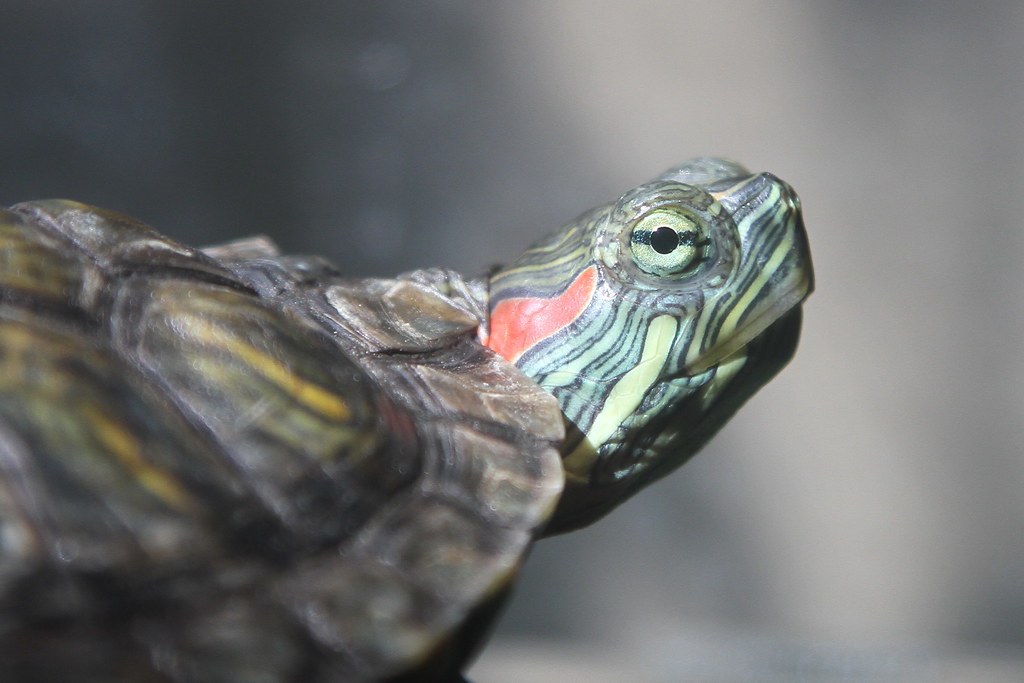
The Red-Eared Slider (Trachemys scripta elegans), one of North America’s most popular pet turtles, frequently surprises owners with lifespans reaching 50-70 years when properly cared for. These semi-aquatic turtles, recognizable by their distinctive red stripes behind their eyes, typically grow to 6-12 inches in length and require significant commitment from their caretakers. Their longevity in captivity depends heavily on proper diet, adequate UVB lighting, appropriate water quality, and sufficient space to swim and bask.
The oldest documented red-eared slider lived to be 77 years old, demonstrating that these common pets often represent lifetime commitments rather than temporary companions, requiring potential owners to consider their long-term care capabilities before adoption.
Eastern Box Turtle: The Woodland Survivor
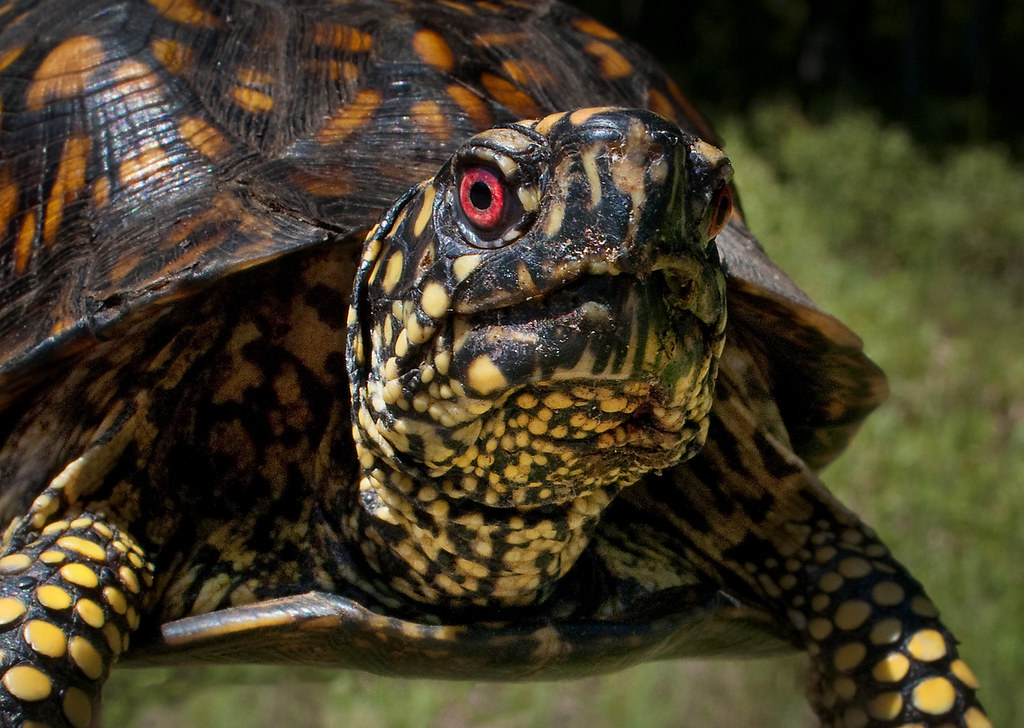
The Eastern Box Turtle (Terrapene carolina carolina) quietly achieves impressive lifespans of 50-100 years in their native woodland habitats across eastern North America. These terrestrial turtles, named for their hinged plastron that allows them to completely close their shell like a box, typically grow to just 4-7 inches in length. Their extraordinary longevity is supported by their slow growth rate, delayed sexual maturity (typically 7-10 years), and their ability to enter brumation during cold winter months.
Research has shown that eastern box turtles maintain strong site fidelity, often living their entire century-long lives within an area of just a few acres, making habitat destruction particularly devastating to their populations. Their shells frequently bear growth rings that, similar to tree rings, can help researchers estimate their age, though this method becomes less reliable after about 20 years.
Alligator Snapping Turtle: The Prehistoric River Giant
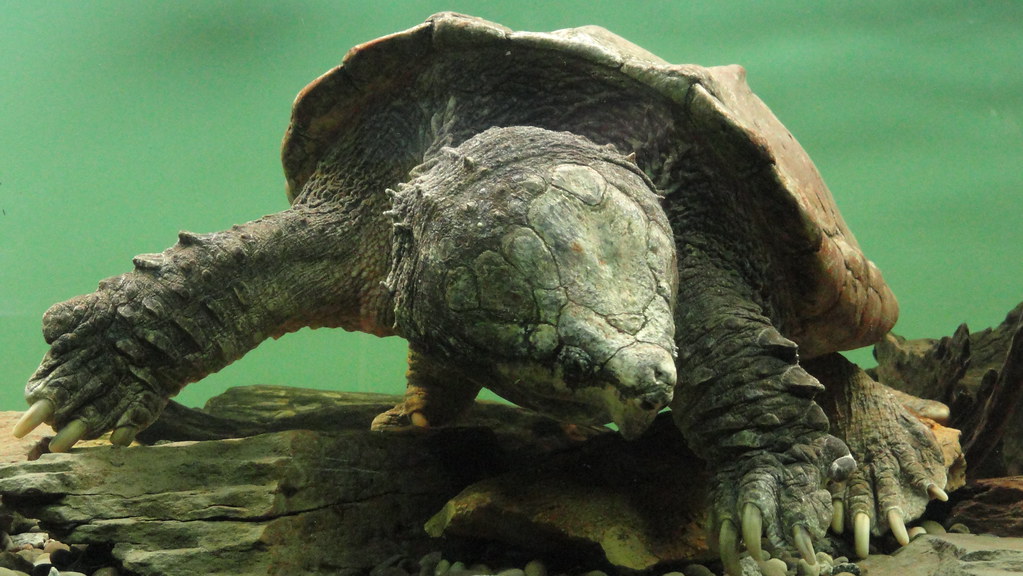
The Alligator Snapping Turtle (Macrochelys temminckii) embodies prehistoric power with a documented lifespan exceeding 70 years, with some scientific estimates suggesting they may live well beyond 100 years. As North America’s largest freshwater turtle, these impressive creatures can reach weights of up to 200 pounds and possess a distinctively primordial appearance with their spiked shells, powerful jaws, and unique luring mechanism – a worm-like tongue appendage used to attract fish.
Their exceptional longevity correlates with their extremely slow growth rate and delayed sexual maturity, with females typically not reproducing until they reach 13-21 years of age. These ancient-looking reptiles have remained largely unchanged for millions of years and demonstrate remarkable adaptations, including the ability to remain submerged for up to 50 minutes, contributing to their successful survival strategy across geological epochs.
Painted Turtle: The Colorful Centenarian
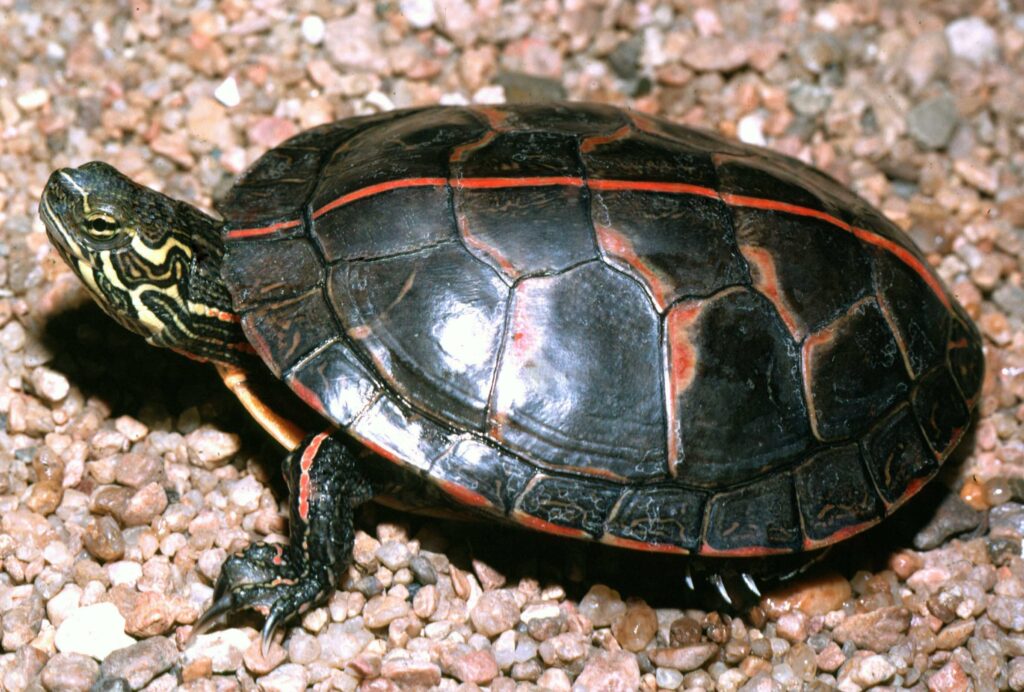
The Painted Turtle (Chrysemys picta), North America’s most widespread native turtle, routinely achieves lifespans of 50+ years, with exceptional individuals documented living beyond 60 years. These vibrantly colored turtles, named for their striking red and yellow markings, typically grow to 4-10 inches and inhabit slow-moving freshwater habitats across the continent. Their impressive longevity is facilitated by remarkable physiological adaptations, including the ability to survive winter underwater in frozen ponds by absorbing oxygen through specialized epithelia in their cloaca and pharynx.
Research from long-term mark-recapture studies has documented painted turtles returning to the same nesting sites for over 50 consecutive years, demonstrating not only their longevity but also their strong site fidelity. Their populations show negligible senescence – the phenomenon where mortality rates do not significantly increase with age – making them valuable subjects for aging research.
Common Snapping Turtle: The Freshwater Veteran
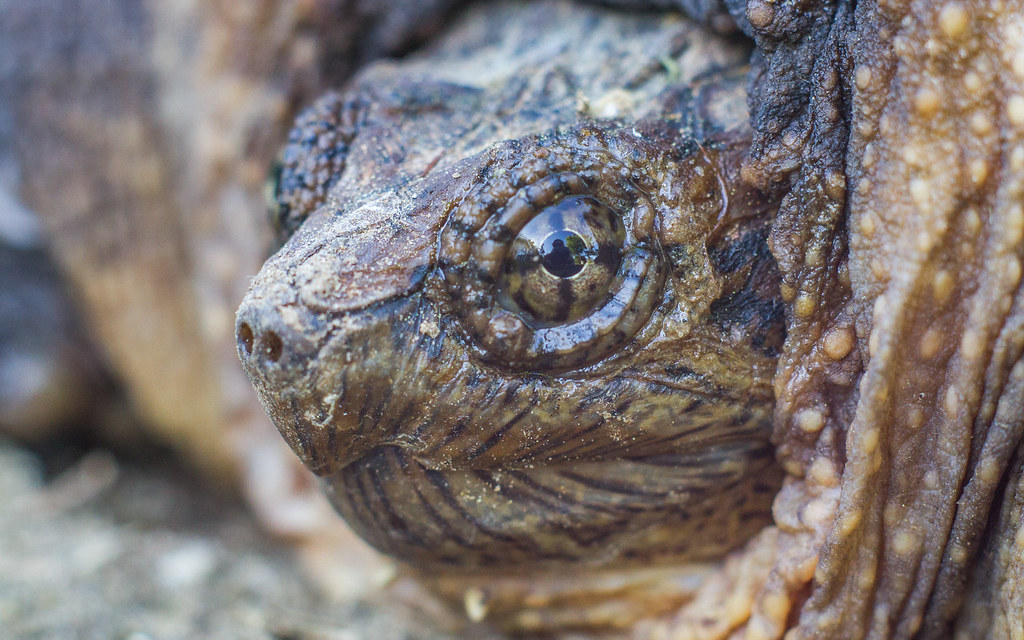
The Common Snapping Turtle (Chelydra serpentina) consistently achieves lifespans of 50-70 years in the wild, with some individuals possibly reaching 100 years. These formidable freshwater turtles, known for their powerful jaws and aggressive defensive behavior when threatened on land, can grow to 20 inches in length and weigh up to 75 pounds. Their remarkable longevity stems from slow growth rates, delayed sexual maturity (typically 8-10 years), and a phenomenal ability to adapt to diverse aquatic environments across North America.
Their ecological significance extends beyond their lifespan, as they function as important scavengers in freshwater ecosystems, helping to maintain water quality by consuming dead organisms. Researchers have documented common snappers using the same migratory routes and nesting locations for many decades, suggesting these turtles maintain complex spatial memories throughout their long lives.
The Science Behind Turtle Longevity

The exceptional lifespans of turtles have attracted significant scientific interest, with researchers identifying several biological mechanisms that contribute to their longevity. At the cellular level, turtles demonstrate remarkable telomere maintenance, with their chromosomal end-caps deteriorating much more slowly than in mammals, helping to prevent the cellular aging process. Their cells also show enhanced resistance to oxidative stress, a major contributor to aging in most organisms, with specialized enzymes that effectively neutralize damaging free radicals.
Additionally, turtles possess extraordinary DNA repair capabilities, allowing them to fix genetic damage more efficiently than shorter-lived species. Perhaps most significantly, many turtle species demonstrate negligible senescence – they don’t experience the typical age-related decline in reproductive capability or increased mortality rates seen in mammals, suggesting their bodies simply don’t “wear out” in the conventional sense.
Environmental Factors Affecting Turtle Lifespan
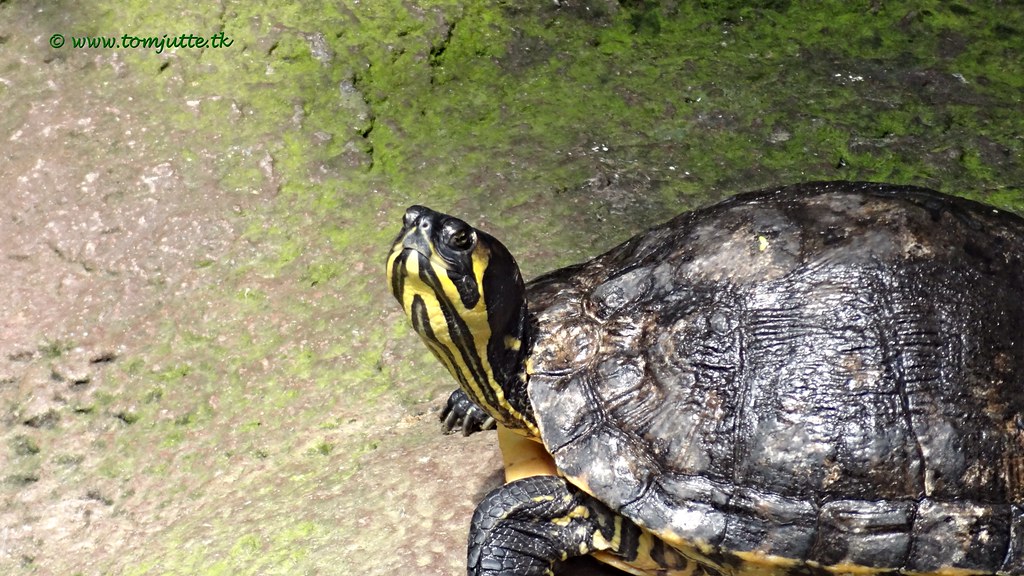
While turtles possess remarkable genetic potential for longevity, environmental factors significantly influence whether individuals reach their maximum possible age. Habitat quality plays a crucial role, with pristine environments supporting longer lifespans by providing adequate food resources, clean water, and reduced exposure to pollutants that can bioaccumulate in these long-lived reptiles. Climate change poses a particular threat to turtle longevity, as altered temperatures affect sex determination in developing eggs and disrupt hibernation patterns critical to winter survival.
Predation pressure, particularly on eggs and juveniles, creates a population dynamic where relatively few individuals survive to reach old age, though those that do can live extraordinarily long lives. Human activities, especially road mortality, boat strikes, and collection for the pet trade, have become the most significant factors preventing many turtles from achieving their biological potential for longevity in the wild.
Caring for Long-Lived Pet Turtles
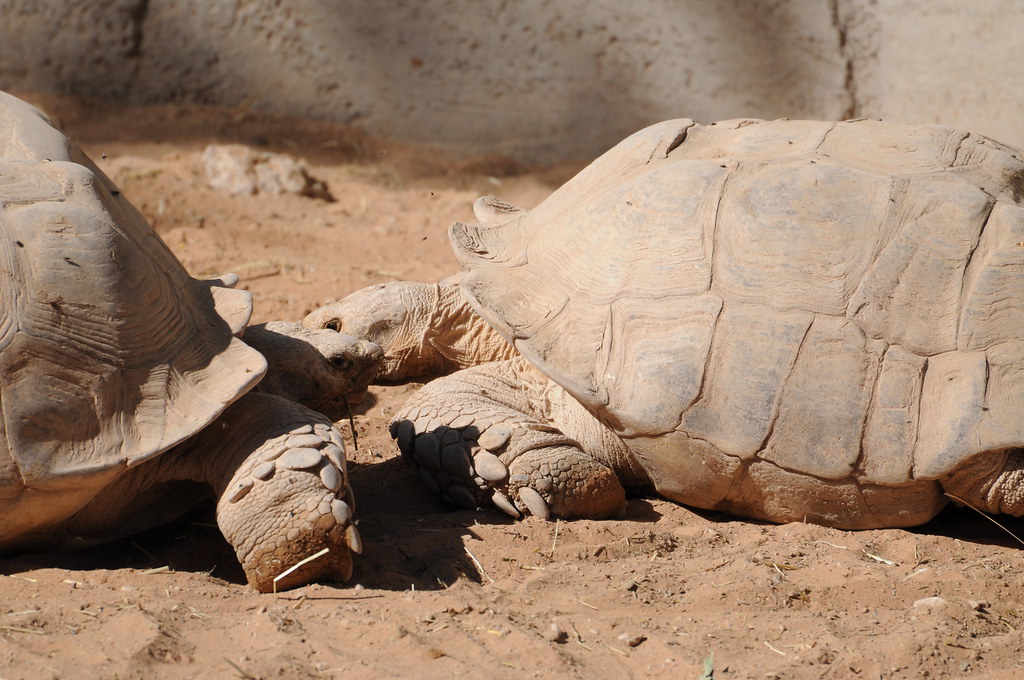
Owning a turtle with a 50+ year lifespan represents an exceptional commitment requiring thorough preparation and consistent care practices. Proper habitat design is essential, with most long-lived species needing expansive enclosures that grow with them – a common rule suggests ten gallons of tank volume per inch of shell length for aquatic species. Nutrition significantly impacts longevity, with most turtles requiring a balanced diet that changes throughout their lifecycle, typically shifting from protein-rich juvenile diets to more plant-based adult diets for many species.
Regular veterinary care with an experienced reptile specialist is crucial, as early intervention for common issues like shell rot, respiratory infections, or vitamin deficiencies can significantly extend a turtle’s life. Perhaps most importantly, potential owners must consider the long-term commitment, including estate planning for the turtle’s care after the owner’s death, as many of these species will outlive their original caretakers.
Conservation Challenges for Long-Lived Turtles
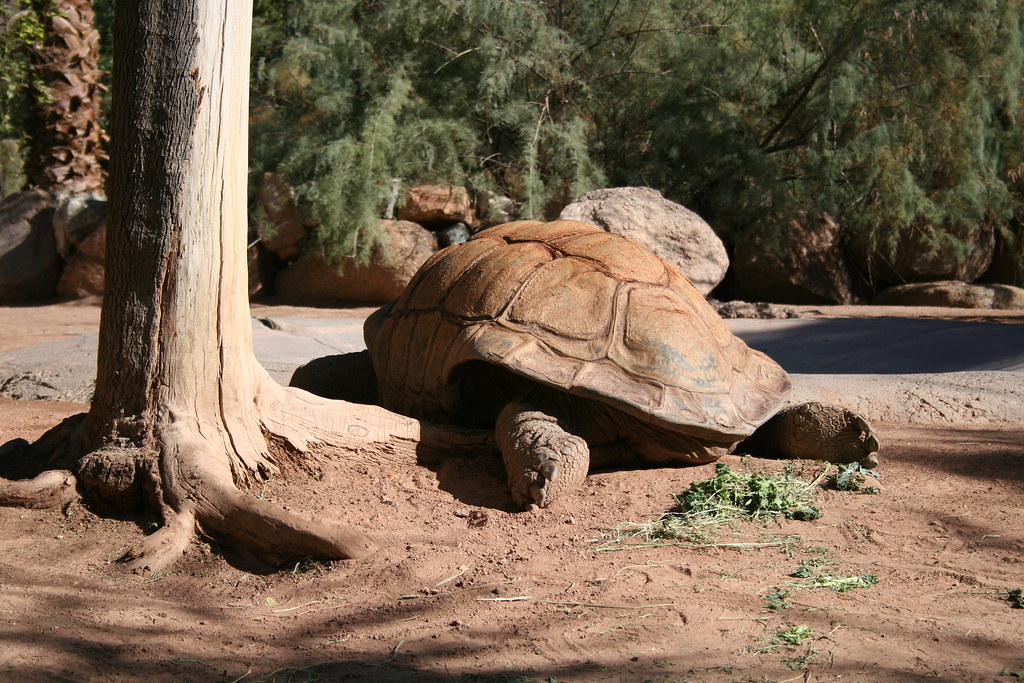
The extraordinary longevity of turtles presents unique conservation challenges that differentiate them from shorter-lived species. Their delayed sexual maturity means populations recover extremely slowly from decline, with some species not reproducing until they’re 15-20 years old, making them particularly vulnerable to harvest and habitat loss. This slow reproductive strategy evolved during periods of low adult mortality, but modern threats have disrupted this balance, with many populations now consisting primarily of juveniles that haven’t reached reproductive age.
The extended lifespans of many turtle species can create an “extinction debt,” where populations appear stable while actually experiencing a demographic collapse that won’t become apparent for decades. Conservation efforts must therefore focus on protecting adult breeding individuals, whose survival has disproportionate importance for population viability compared to shorter-lived species that reproduce quickly and abundantly.
Cultural Significance of Long-Lived Turtles
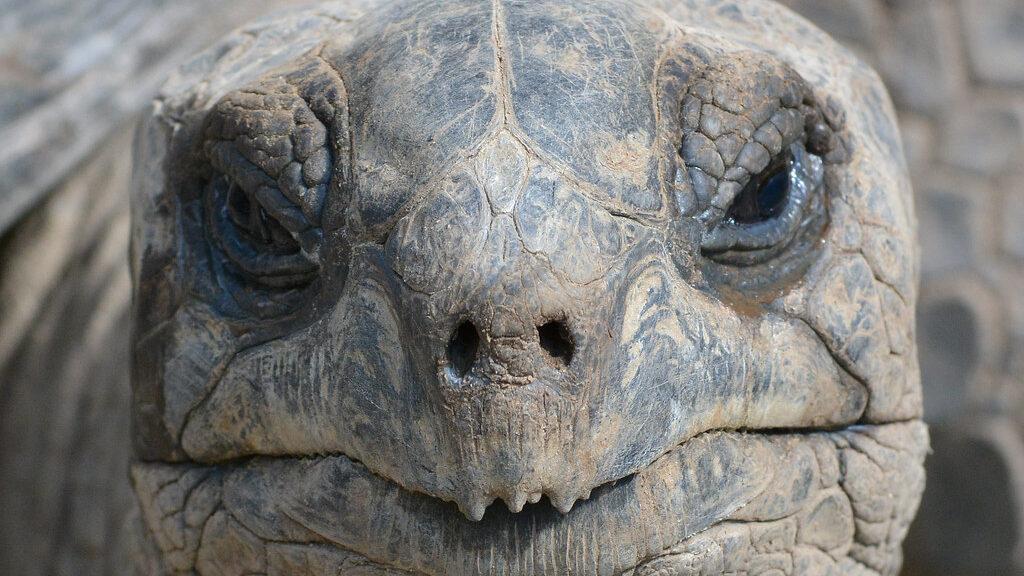
The exceptional longevity of turtles has cemented their place in human cultural narratives worldwide, often as symbols of wisdom, patience, and endurance. In numerous Native American traditions, the turtle carries the world on its back, its long life representing stability and permanence in an ever-changing world. Chinese mythology features the Black Tortoise as one of the Four Symbols of the Chinese constellations, representing longevity, wisdom, and the winter season.
The Hindi deity Vishnu’s second avatar, Kurma, takes the form of a turtle supporting the world, connecting these long-lived creatures to cosmic stability. In modern contexts, conservation organizations frequently highlight ancient individual turtles as “ambassadors” for environmental protection, their century-spanning lives providing a tangible connection between human generations and emphasizing the long-term perspective needed for effective environmental stewardship.
Conclusion
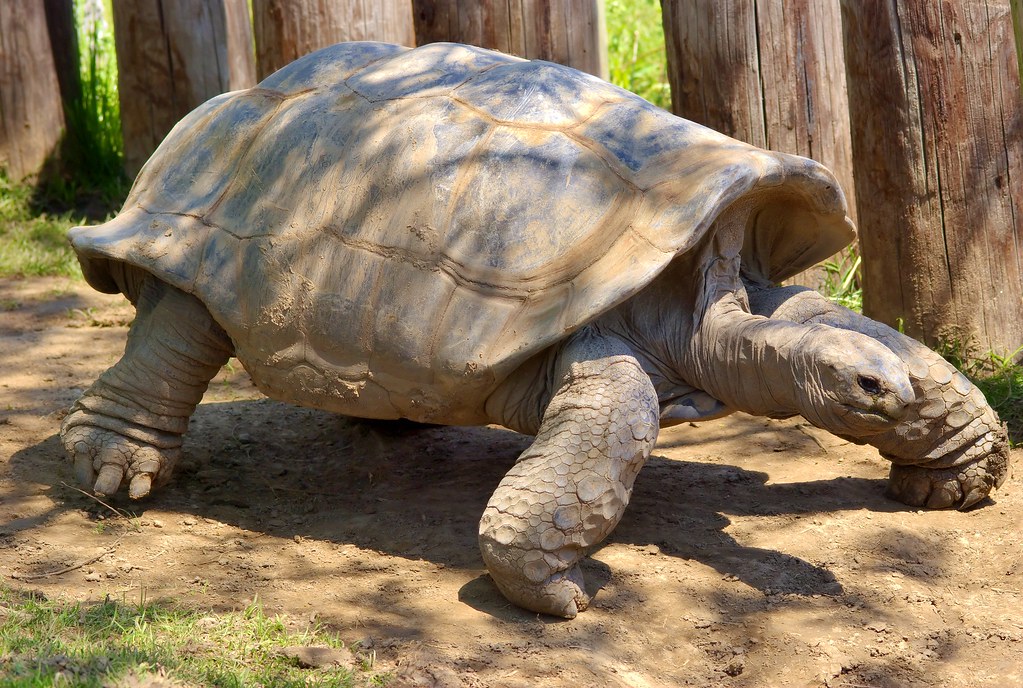
The remarkable longevity of these seven turtle species serves as a profound reminder of nature’s extraordinary diversity and resilience. From the household pet red-eared slider to the island-dwelling Aldabra giant tortoise, these reptiles have perfected the art of slow living, developing biological mechanisms that allow them to witness decades or even centuries of environmental change. Their exceptional lifespans challenge our understanding of aging and mortality while offering valuable insights into the biology of longevity.
As many turtle populations face unprecedented threats from habitat destruction, climate change, and human exploitation, their capacity for long life becomes both a vulnerability and a potential salvation – while slow to reproduce, surviving individuals can bridge generations and rebuild populations if given adequate protection. By understanding and appreciating these remarkable creatures, we gain not only scientific knowledge but also a deeper perspective on our own brief existence in the grand timeline of life on Earth.


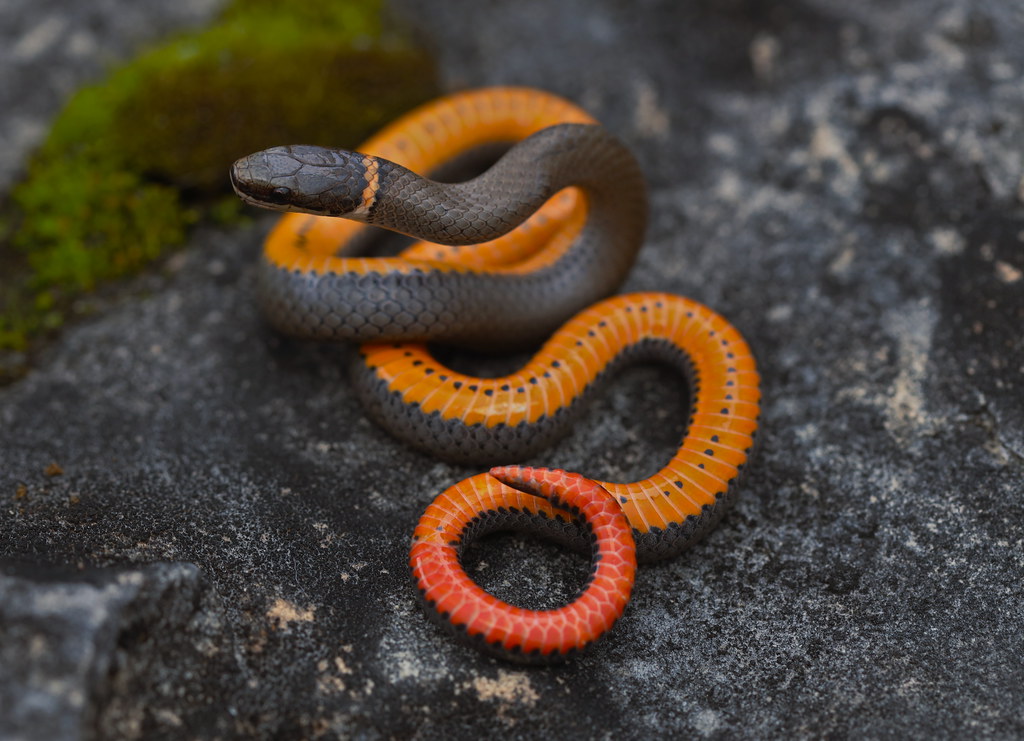
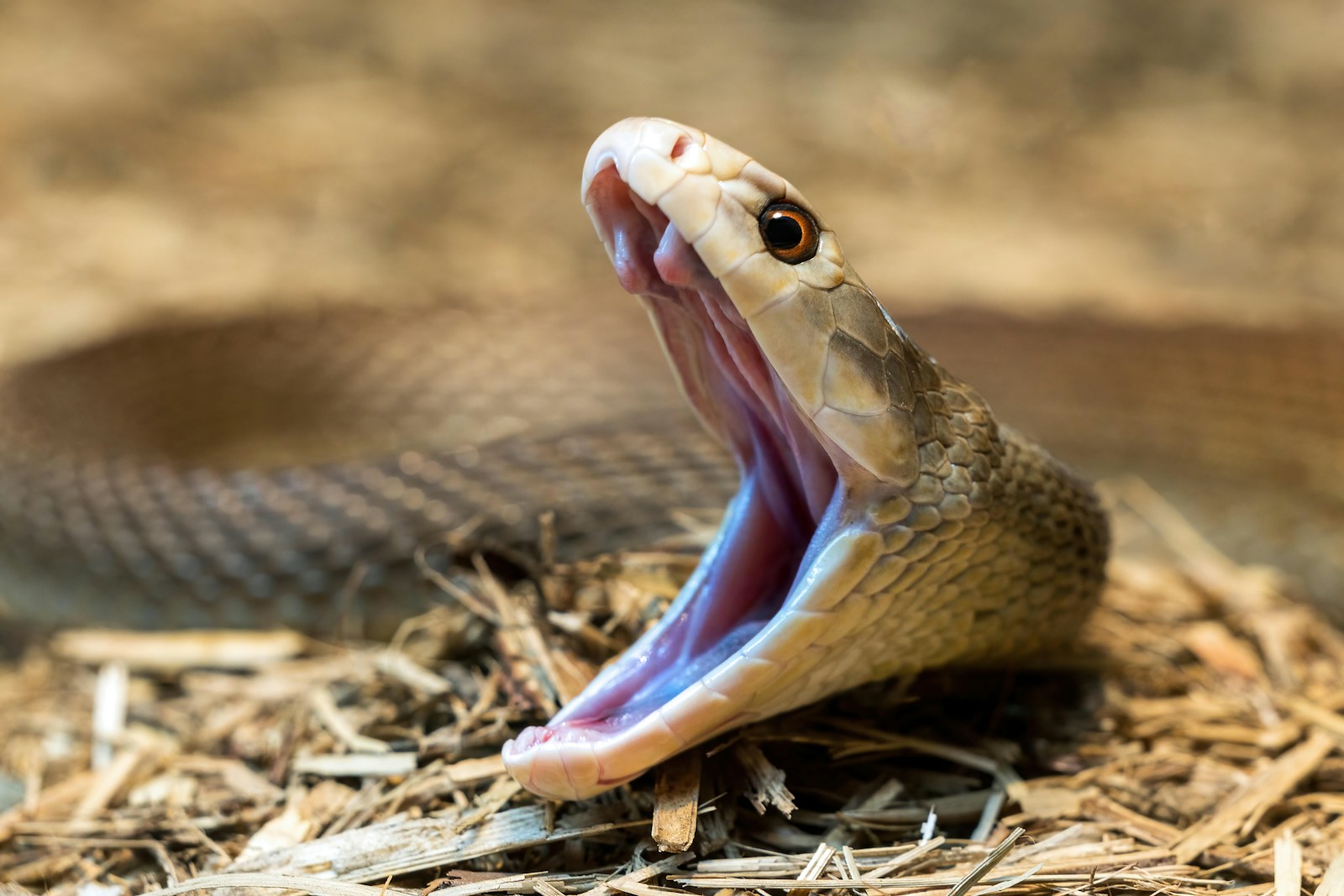
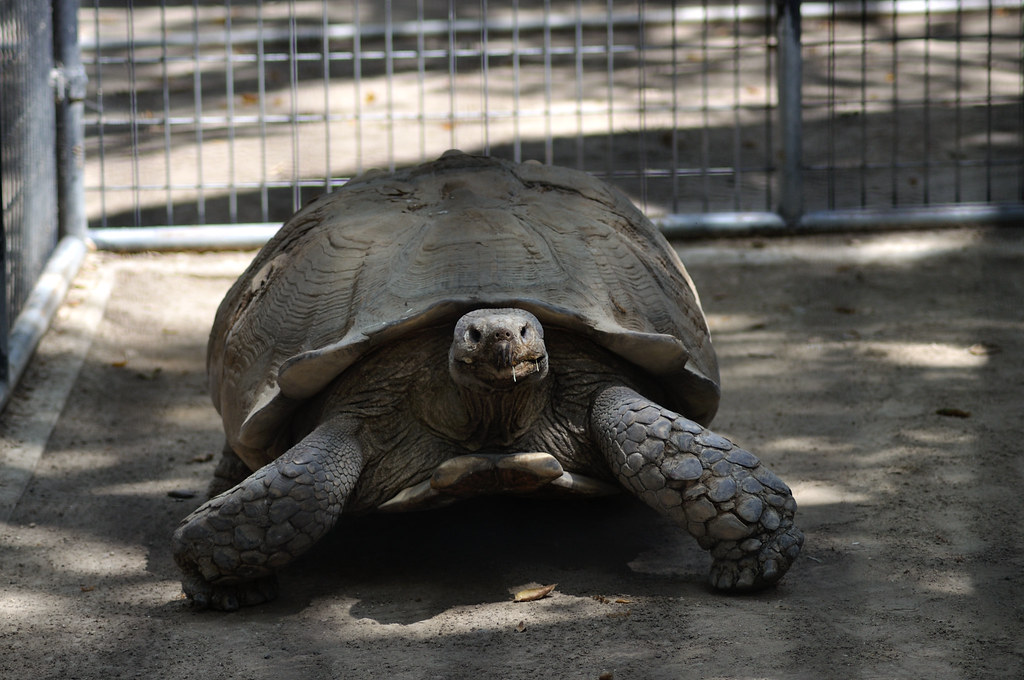
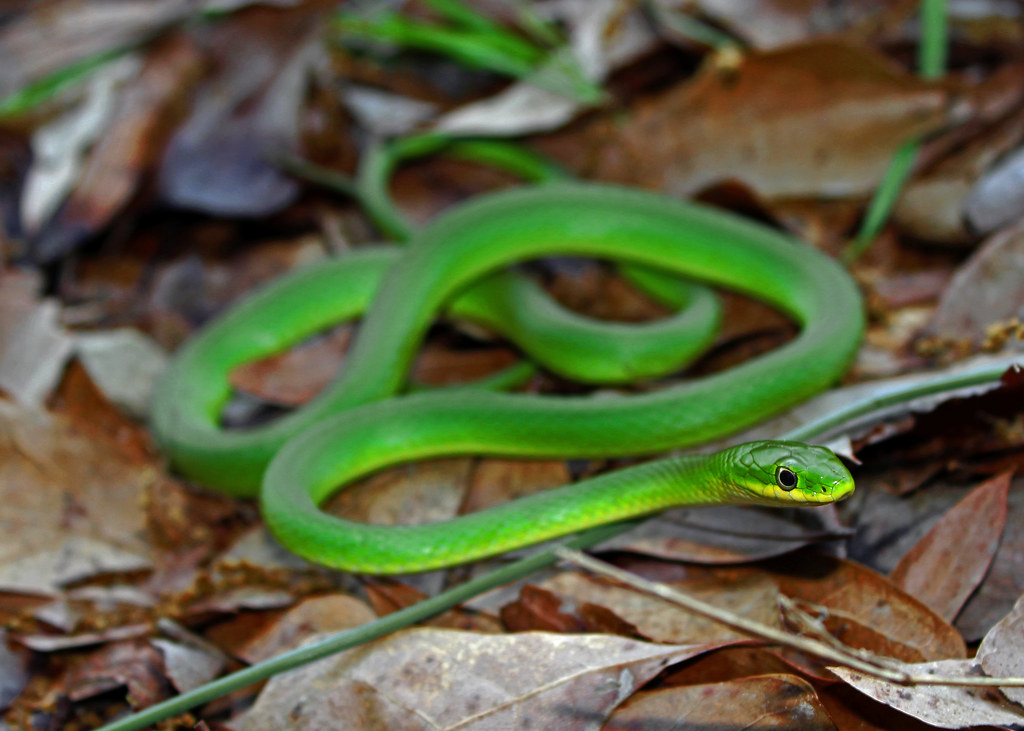
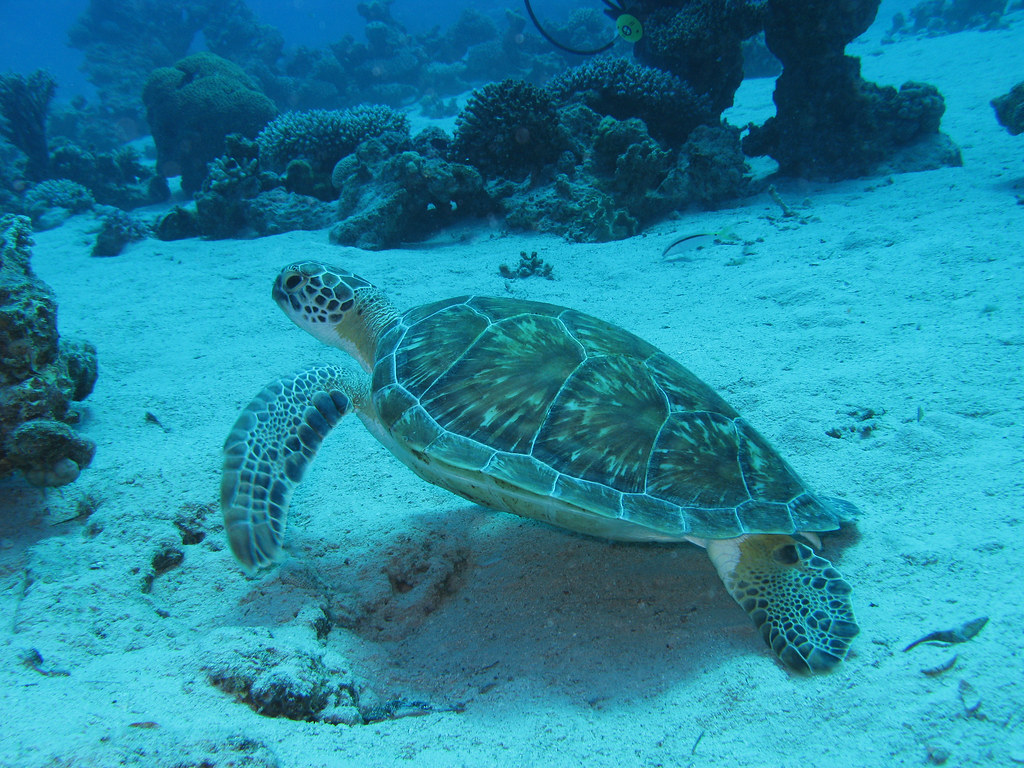
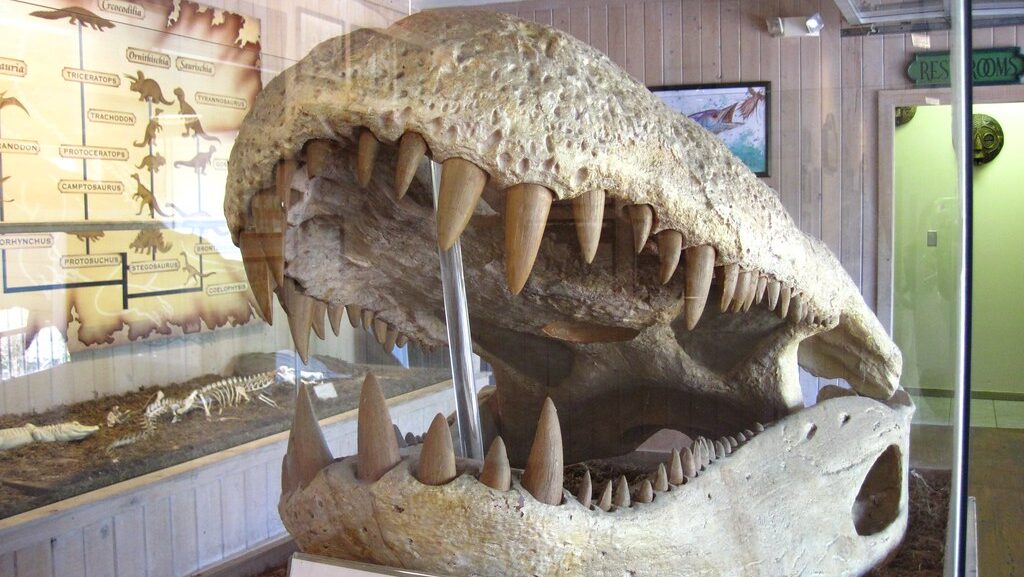
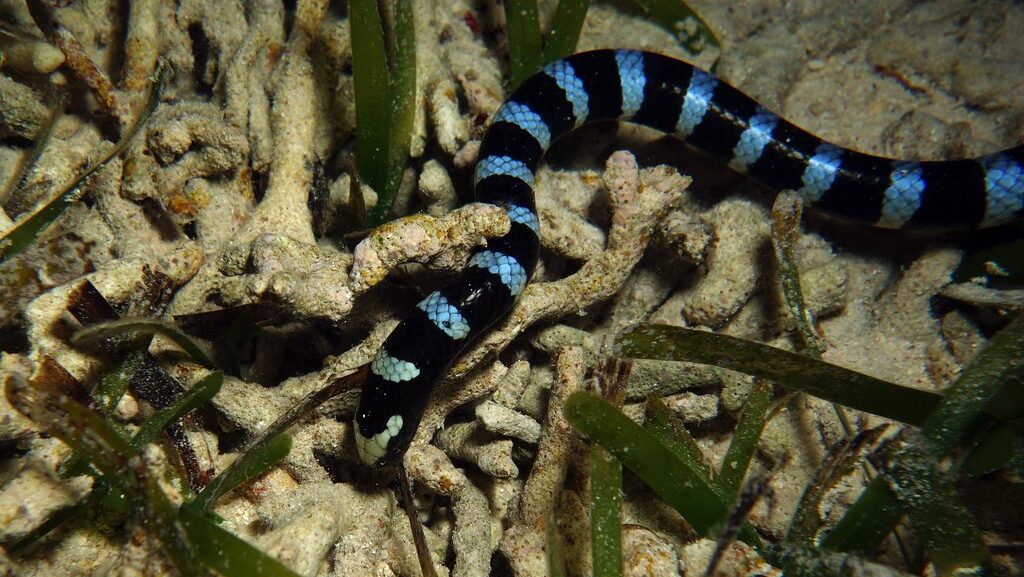
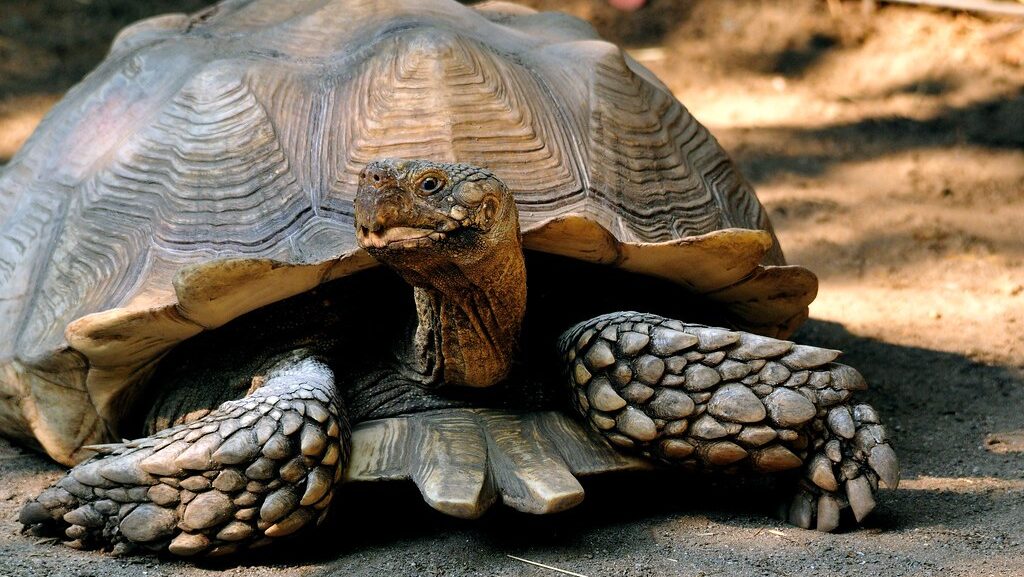

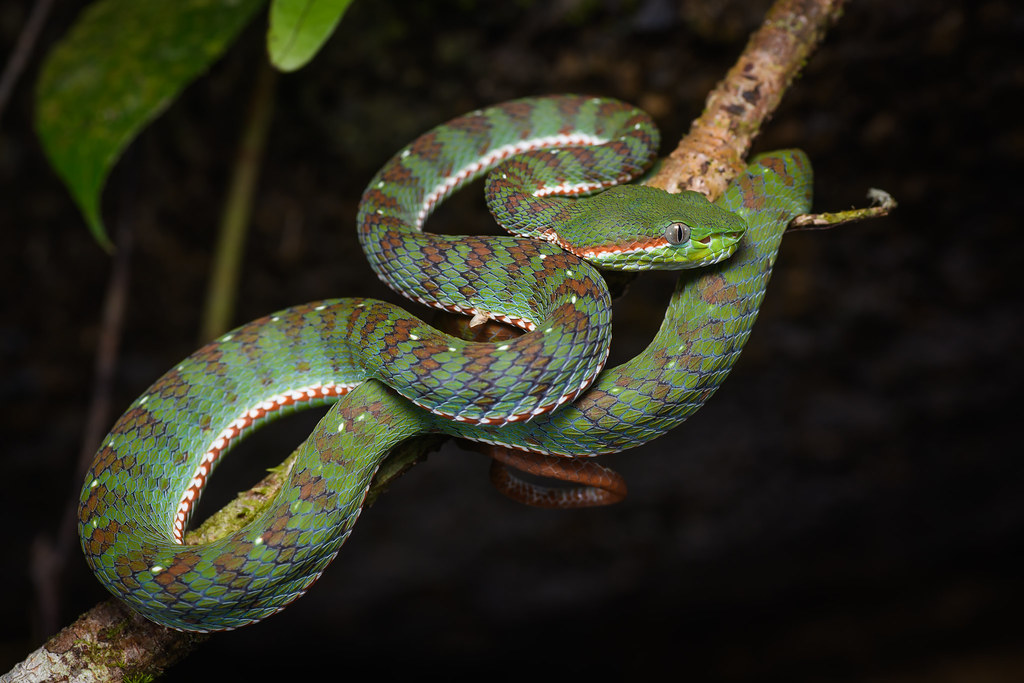



Leave a Reply